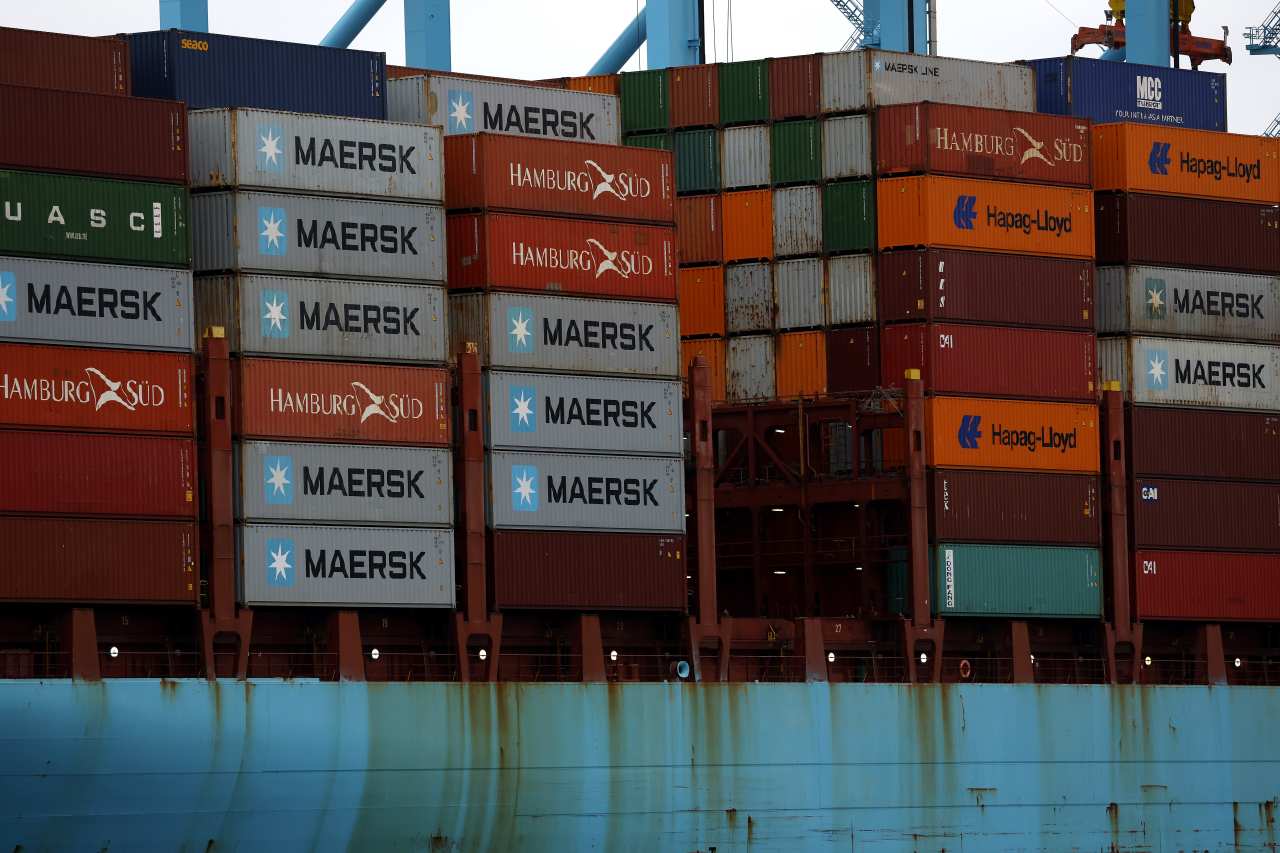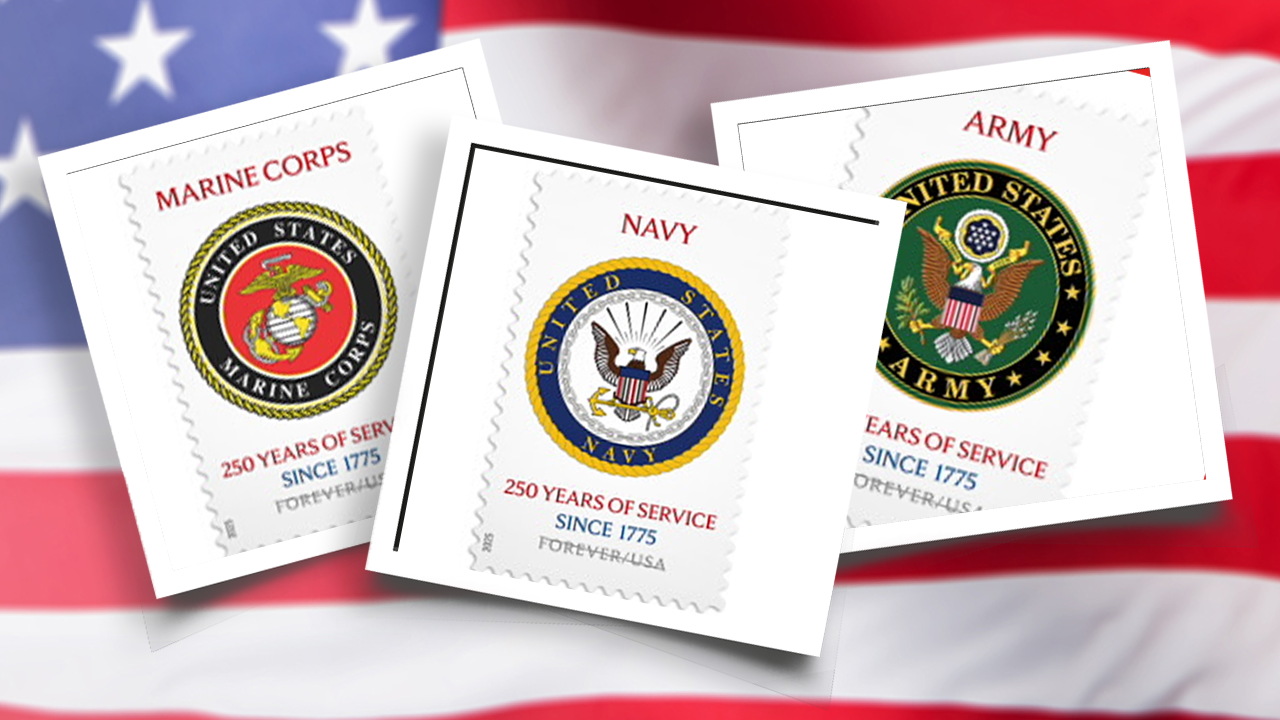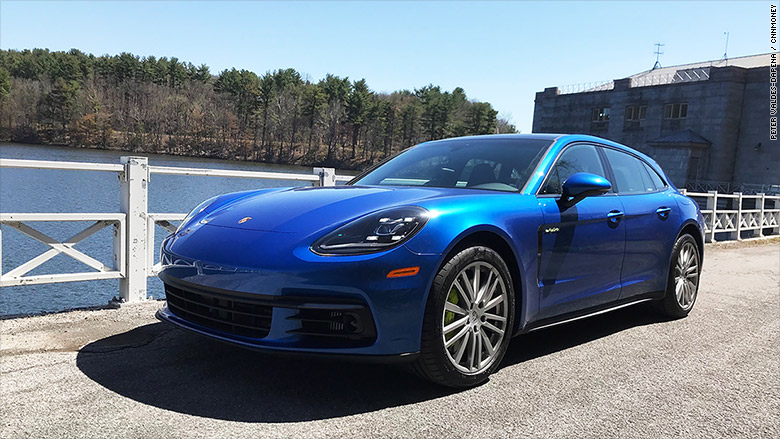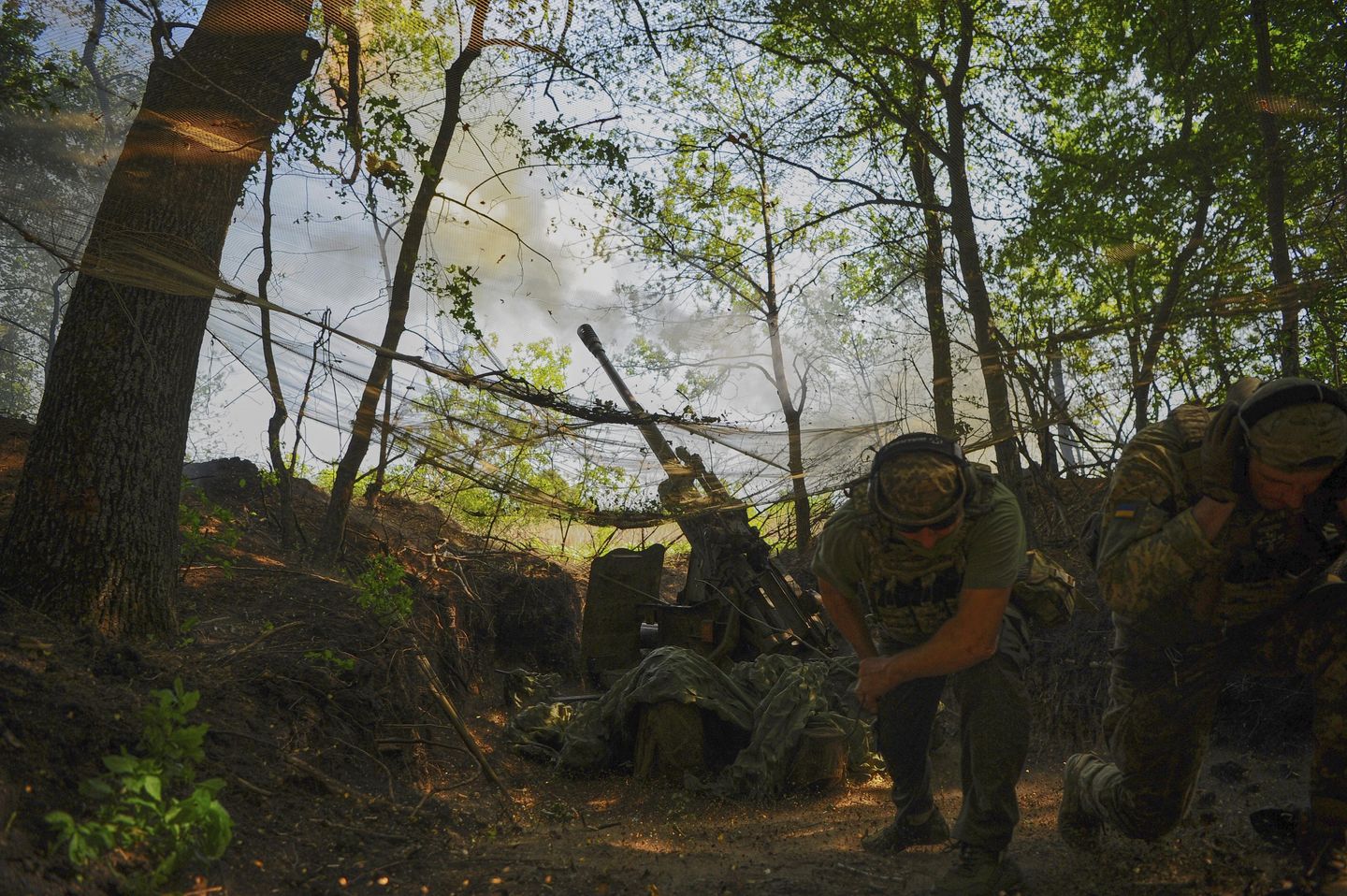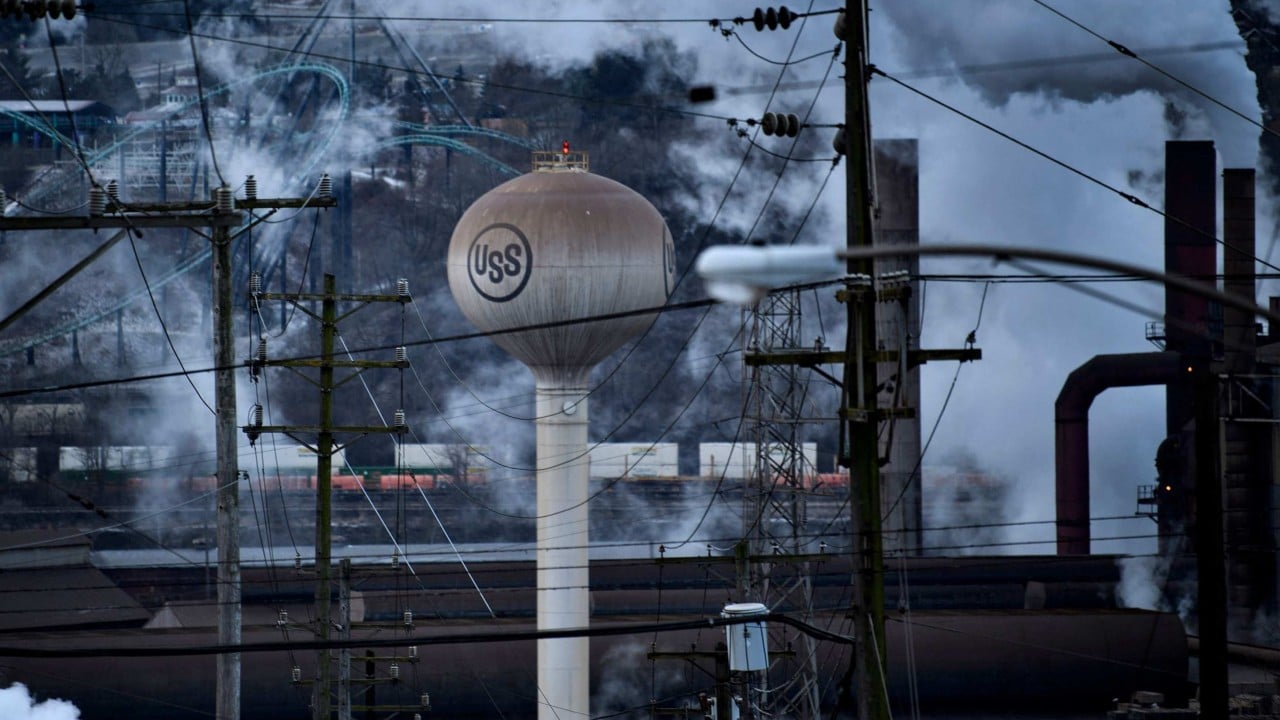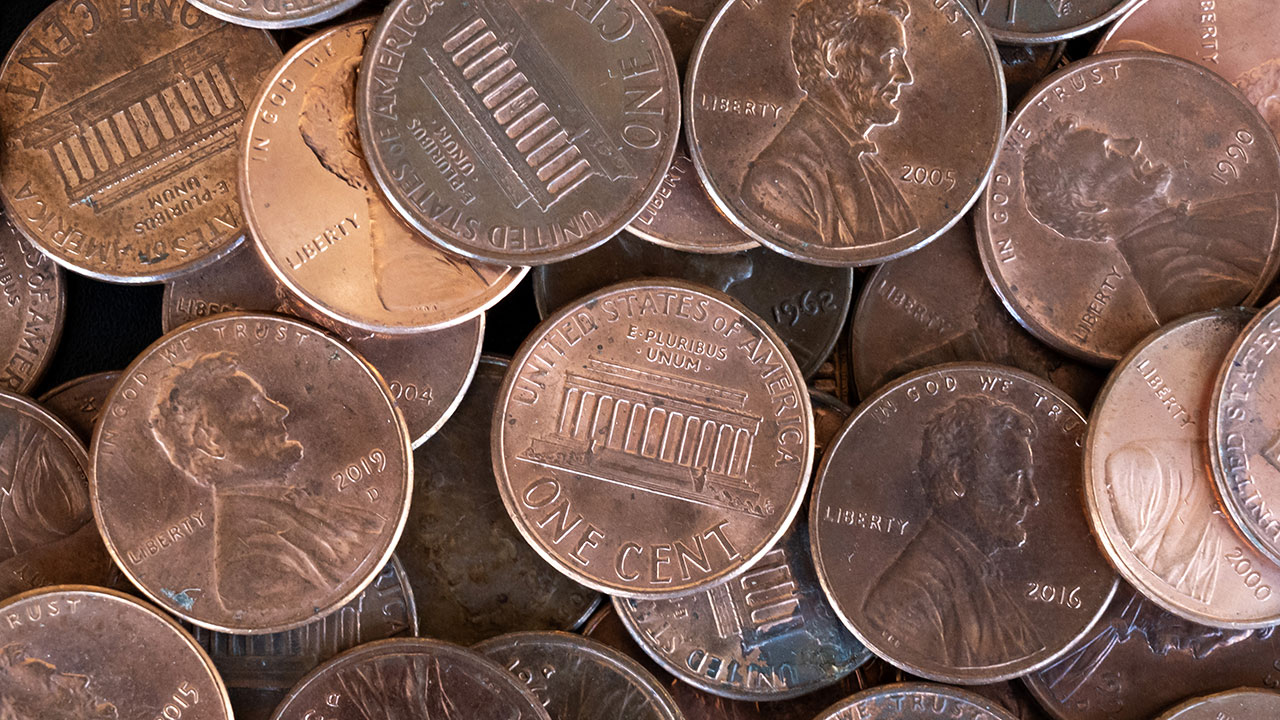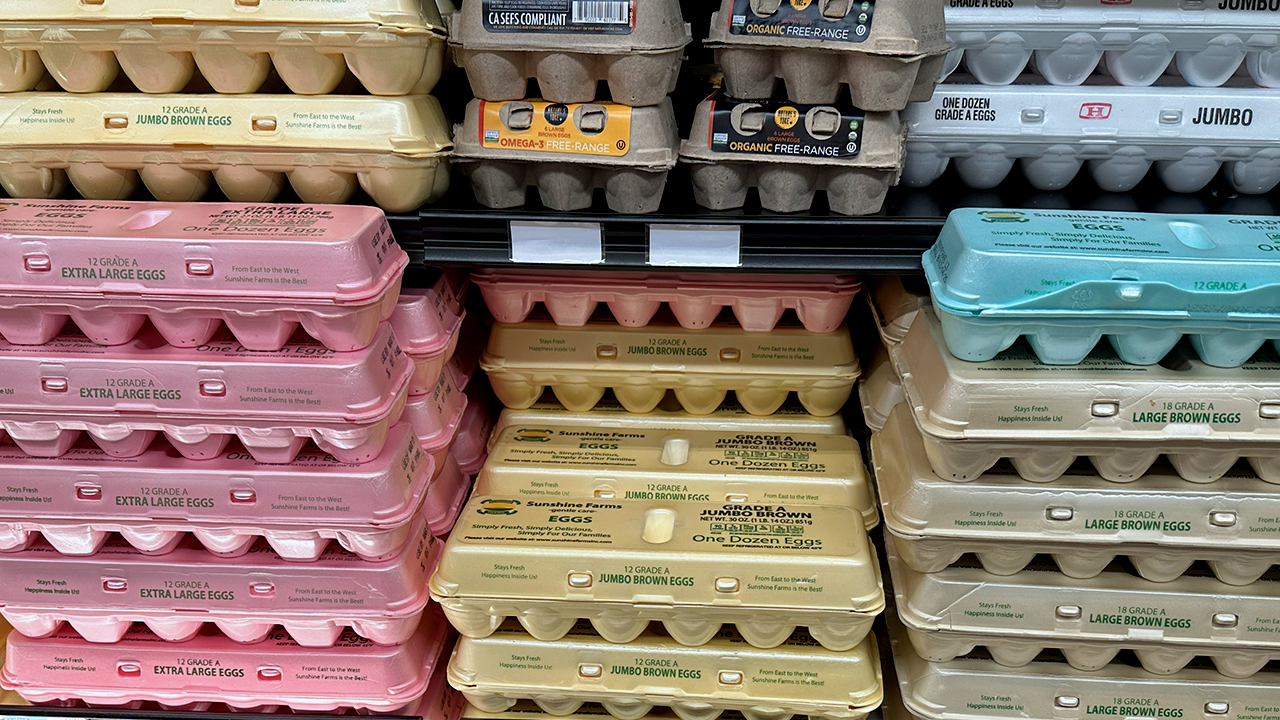Carbon Steel vs. Cast Iron: Which One Should You Buy?


As far as cookware goes, there’s arguably no better investment than a cast iron or carbon steel skillet. Take a modicum of care with either one and it’ll last forever. (I’ve heard of cast iron pans passed down for generations.)
Both types of skillets get rip-roaring hot—and stay that way—and withstand high temperatures. This allows cast iron and carbon steel to put gloriously browned crusts on steaks, bake golden cornbread, shallow-fry anything, and even go on the grill. But because the world is expensive and kitchen storage is at a premium, the question then becomes: Which one should you buy?
What Is Carbon Steel vs. Cast Iron?
Cast iron pans are typically a single piece of metal. To make one, a molten mixture of pig iron and steel (and other proprietary ingredients) is poured into a mold. Lodge—the maker of our favorite cast iron skillet—uses molds made from sand, which has a higher melting point than metal. “Once the cast iron pan or pot has cooled, the sand mold is broken, leaving behind a brand new piece of cast iron cookware,” Lodge says. 
Carbon steel, on the other hand, is a mixture of carbon and iron. The percentage of carbon varies, but, according to Misen, it’s often less than 3.5%. Carbon steel pans are stamped, not molded, meaning a sheet of metal is pressed into a shape. The handles are later welded or riveted on.
Which Weighs More?
There’s no getting around it: Cast iron is heavier than carbon steel. Our top-recommended Lodge skillet is five pounds, seven ounces, whereas our winning carbon steel pan is a little over three pounds. Cast iron’s weight (as well as its maintenance—more on that below) is what I hear the most complaints about. That being said, its heft has its advantages. Namely, its sheer mass gives it the edge over carbon steel for searing and browning.
When Do You Use Cast Iron vs. Carbon Steel?

Sear, brown, roast, pan-fry, and bake: Both cast iron and carbon steel go neck and neck with each other and can be used for all of these core tasks. They also have supremely high maximum temperatures—cue “the limit does not exist”—though our favorite carbon steel pan from Mauviel lists a max of 680ºF. (Note: Some skillets, like this one from Misen, have lower max temperatures. Always double-check the manufacturer’s specifications.) The differentiators? Carbon steel pans have flared, sloping sides that make them better for sautéing, as does their lighter weight. Conversely, I find cast iron’s higher, straighter sides more reassuring when shallow-frying chicken cutlets or baking a skillet cake.
What you shouldn’t use cast iron or carbon steel for is the same. Namely, skip either when simmering acidic sauces like ye olde tomato, as the acid can eat away at the pan’s seasoning. And neither would be my top pick for delicate, stick-prone dishes like a French omelette.
Which Costs More?

As with most things in life, you can spend as much as you want on a cast iron or carbon steel pan. I have Smithey and Blu Skillet Ironware pans that cost hundreds of dollars. That said, you don’t need to, which is the beauty of both materials. Our tests showed that relatively inexpensive cast iron and carbon steel pans performed as well or better than their pricier counterparts. Our favorite Lodge cast iron skillet is about $20, whereas our carbon steel pick from Mauviel is under $100.
Which Is Easier to Season?

While most cast iron pans come pre-seasoned, the same can’t be said of carbon steel. Only half of our favorite carbon steel pans are pre-seasoned. Seasoning carbon steel requires heating the pan, applying a thin layer of oil, and then burning that oil off so it forms a polymer all over the skillet’s surface—and then repeating this whole process until the pan takes on a deeply browned hue. Seasoning a cast iron skillet is not entirely dissimilar, though is arguably less smoky, since we recommend doing so in the oven.
How Do You Care for Them?

Care for both cast iron and carbon steel is simple, though often overblown. The one rule? Don’t leave ‘em wet. As we explain here, to clean, either you’ll want to scrub it with hot, soapy water—yes, soap is fine once the seasoning’s built up—rinse, dry immediately, and apply a light layer of neutral oil that’ll act as a protective barrier, preventing rusting.
So, Which Is Better?
Sorry, but neither is unequivocally better. If you don’t have either, I’d opt to get a cheap cast iron skillet first. But I do love carbon steel and find myself reaching for this lighter pan more than its cast iron counterpart. The annoying answer is I think it’s worth having both. They’ll only get better with age, proving their versatility and durability again and again.
Why We’re the Experts
- Riddley Gemperlein-Schirm is the associate editorial director of Serious Eats.
- She’s been with the site since 2021 and has been testing gear professionally for more than six years.
- Riddley owns several carbon steel and cast iron pans.
What's Your Reaction?
 Like
0
Like
0
 Dislike
0
Dislike
0
 Love
0
Love
0
 Funny
0
Funny
0
 Angry
0
Angry
0
 Sad
0
Sad
0
 Wow
0
Wow
0









